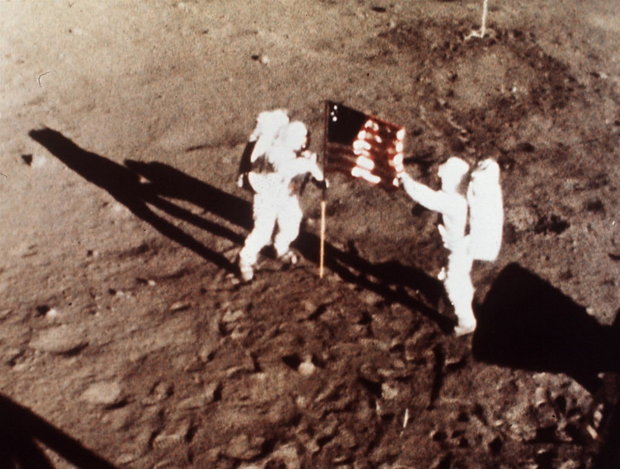World News – The Apollo astronauts — the first men to land on the moon — took a giant leap for mankind. But the deep space radiation that dosed the men who left the Earth’s orbit may have damaged their hearts, according to a new study published Thursday in the journal Science.
 The number of deaths due to heart disease among the Apollo lunar astronauts is almost five times greater than that in non-flight astronauts, or astronauts who never flew missions in space, researchers from Florida State University found. Compared to astronauts who flew only in low Earth orbit (LEO), the heart risk among Apollo astronauts is four times higher. There were no differences between LEO and non-flight astronauts.
The number of deaths due to heart disease among the Apollo lunar astronauts is almost five times greater than that in non-flight astronauts, or astronauts who never flew missions in space, researchers from Florida State University found. Compared to astronauts who flew only in low Earth orbit (LEO), the heart risk among Apollo astronauts is four times higher. There were no differences between LEO and non-flight astronauts.
Apollo was a NASA program that made 11 total space flights between 1968 and 1972, six of them landed on the moon. Twelve men, including Neil Armstrong and Edwin E. “Buzz” Aldrin, walked on the lunar surface.
Apollo Astronauts are Different
Unlike astronauts in other space missions, Apollo lunar astronauts are the only humans to have traveled outside of the Earth’s geomagnetic field and into deep-space. They went outside of the earth’s protective “magnetosphere” — the region surrounding the planet where its own magnetic field dominates. The magnetosphere causes galactic cosmic rays and solar particles to detour around the Earth.
Exposure to this radiation in deep-space is what may account for the increased heart problems in the Apollo astronauts.
“We’ve probably underestimated the impact of deep-space radiation on not just cardiovascular disease but health in general”, said lead author of the study, exercise physiologist Dr. Michael Delp of Florida State University.
Of the 24 Apollo astronauts who flew around the moon on nine missions, eight have died. Of the 7 included in the study, 43 percent died from cardiovascular disease. Other causes of death included cancer (29 percent) and accidents (14 percent). Edgar Mitchell, the 6th man to walk on the moon, died in February but wasn’t included in the study.
Conditions encountered in space have been found to affect men and women differently. For instance, weightlessness can lead to a problem regulating blood pressure known as orthostatic hypotension, which is more common among female astronauts. In the new study, although there were some females among the flight and non-flight astronauts, everyone who died from heart disease was male.
According to Delp, more research is still needed to better understand these differences.
It’s known that space exploration comes with many health risks, including brittle bones, balance issues, and heart problems.
But in previous research, the astronauts — who are in peak physical condition — were compared to the general population.
The Florida State research is the first comparison of the health of astronauts with other astronauts, based on the type of their mission. The study looked at the long-term effects of simulated weightlessness and radiation on the blood vessels of mice.
The researchers found that, unlike weightlessness, the effect of radiation on blood vessels is sustained. These changes occur in the lining of the blood vessels and can initiate or accelerate coronary heart disease.
NASA released a statement responding to the study’s findings: “It is not possible to determine whether cosmic ray radiation affected the Apollo astronauts. Limitations of the study include the small number of astronauts in the Apollo program and lifestyle factors that cannot be quantified — such as family genetics and diet.”
The new study could spark more research specifically looking at this before embarking on other deep-space mission to the moon or Mars in the near future.
by SAMUEL SARMIENTO, M.D., NBCNews.com
